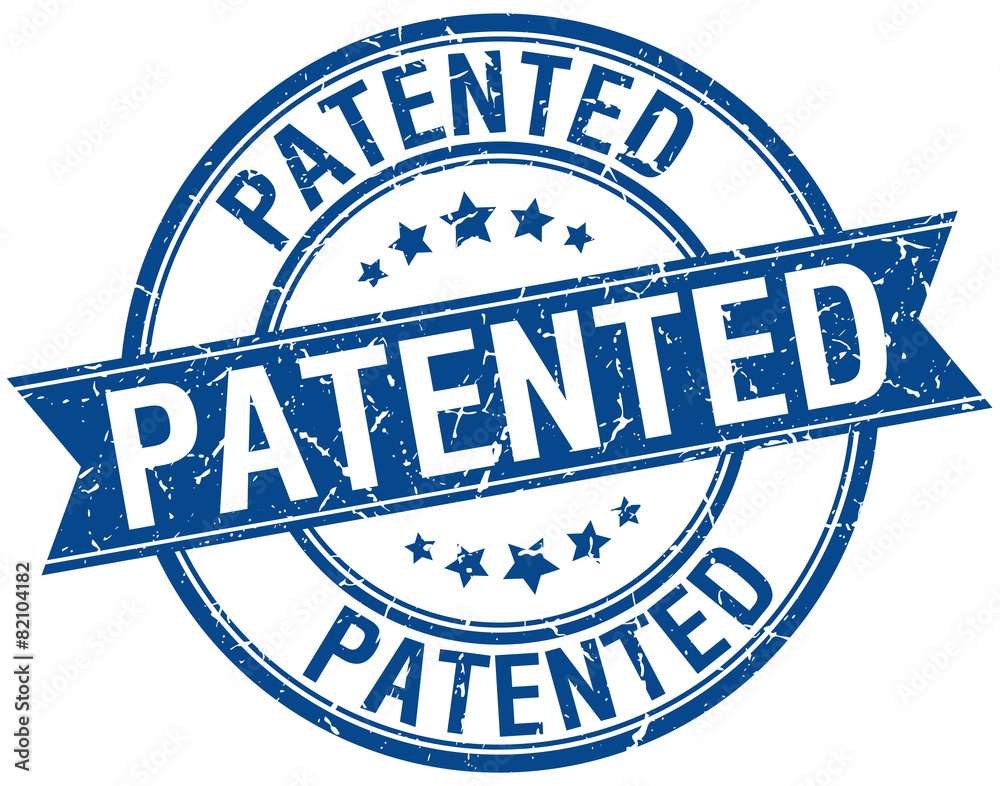By Jerome Bastien
The Federal Court has recently issued a decision in the case of Benjamin Moore & Co. v. The Attorney General of Canada, 2022 FC 923. This case follows the Amazon decisions by the Federal Court and the Federal Court of Appeal, and the more recent Choueifaty decision, in articulating what the legal test for patent subject matter eligibility is in Canada.
At issue in the case were two patent applications by Benjamin Moore which were rejected by the Canadian Patent Office. The claims, directed to a computer-implemented colour selection method, were found by the Patent Office to not comply with section 2 of the Patent Act. In reaching this conclusion, the Patent Office analyzed the problem solved by the claims, found that the problem was not a computer-related problem, and therefore concluded that the computer was not a part of the solution.
Both the appellant (Benjamin Moore) and the respondent (the Attorney General), agreed that the Patent Office applied the “problem and solution approach”, which was previously rejected by the Federal Court. Moreover, the Federal Court noted that despite paying lip service to the purposive construction approach prescribed by earlier decisions, CIPO continued to apply the problem and solution approach.
As all parties agreed that the Patent Office had applied the wrong legal test, the only issue to be decided by the court was which legal test should CIPO apply. The respondent requested that the matter be remitted to the Patent Office with instructions to follow the Choueifaty decision as guidance. In contrast, the appellant sought an order instructing the Patent Office to follow a legal test proposed by the Intellectual Property Institute of Canada (IPIC), which was an intervener in the case.
The test proposed by IPIC is reminiscent of prong 2 of step 2A in the subject matter eligibility test used by the USPTO, as it asks whether the claimed subject matter comprises a practical application which uses an abstract idea or scientific theorem, or whether the claims are just directed to a mere abstract idea or scientific theorem.
In a victory for the appellant and the intervener, the court agreed to instruct CIPO to use the practical application test proposed by IPIC. The matter will be remitted to CIPO for evaluation in accordance with the court’s instructions.
However, it is too early to tell whether this victory will translate into CIPO adopting the approach prescribed by the courts or whether it will continue paying lip service to court decisions while still applying the “problem and solution approach”, as it has done following past decisions.
By Jerome Bastien

